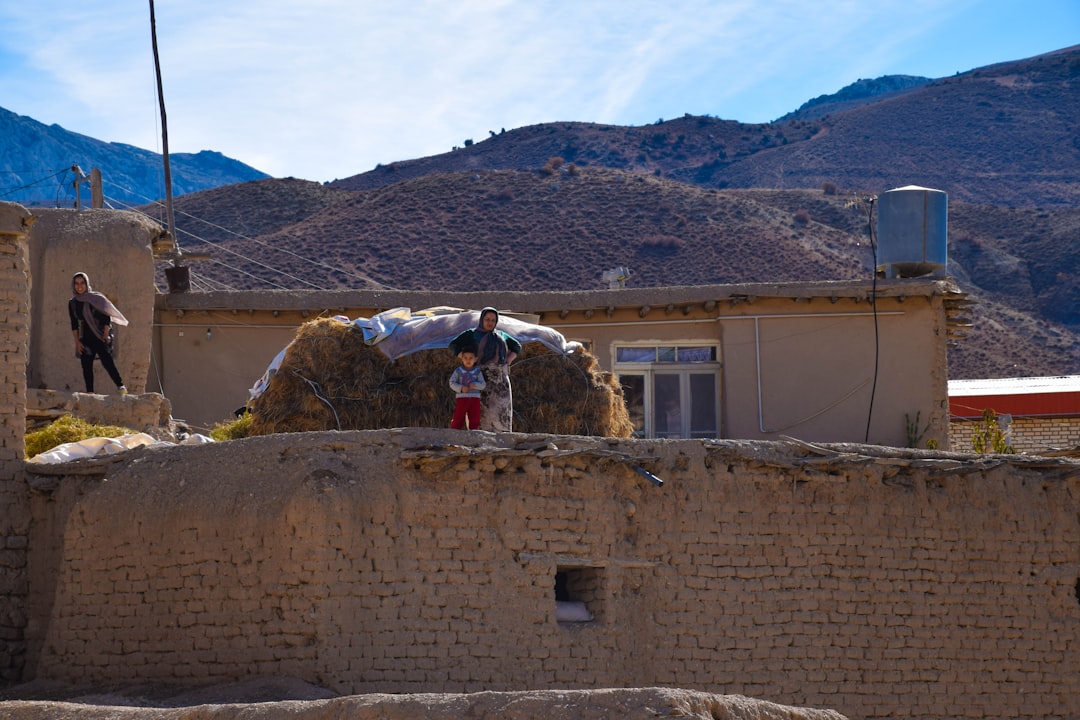Why 'Best Water Softener for Las Vegas' Matters to Homebuilders
Las Vegas homeowners often face scale buildup due to municipal water averaging 16-18 grains per gallon, classifying it as 'very hard.' Without treatment, fixtures corrode, appliances wear out faster, and new homes lose their appeal quickly. Selecting the best water softener for Las Vegas is essential for every residential construction project. In this guide, we explain how to identify the right system, estimate total installed cost, and integrate it seamlessly into your construction schedule using AI. Current installation costs range from $1,500 to $3,000 depending on system complexity and home size.
Hard Water Challenges Unique to Las Vegas Homes
- Elevated calcium carbonate levels shorten the life of water heaters and dishwashers
- Mineral stains on shower doors increase post-handover warranty calls
- Reduced plumbing diameter from scale lowers flow rate and increases callbacks
- Energy bills climb as heating elements struggle against insulating scale layers
Understanding these issues allows for proactive specifications that protect both builder reputation and homeowner satisfaction.
Key Criteria for Choosing the Best Water Softener
1. Grain Capacity
Las Vegas families average four people. Multiply household size by daily water use (75 gal/person) and hardness level, then add a 20% safety factor. AI performs this calculation instantly once you dictate occupant count during our voice-powered estimate session.
2. Regeneration Method
- Timed systems: Lower upfront cost but waste salt and water if occupancy fluctuates
- Demand-initiated systems: Sensors trigger regeneration only when needed, ideal for rentals and vacation homes
3. Salt vs. Salt-Free
While salt-free conditioners reduce spotting, only ion-exchange salt units fully eliminate hardness minerals. Salt units are recommended for stainless plumbing longevity unless otherwise requested.
4. NSF/ANSI Certification
Third-party validation ensures media quality. Procurement databases flag non-certified models to prevent them from appearing in material lists.
Cost Factors Our Estimator Tracks in Real Time
- Unit price variations across local suppliers
- Copper vs. PEX tie-in labor hours
- Bypass valve and drain routing complexity
- City of Las Vegas permit fees
- Salt delivery service plans offered to the homeowner
Live pricing feeds ensure quotes reflect current market conditions.
The Workflow for Water Softener Installation
- Voice Intake: Describe floor plan, occupant load, and desired fixture protection. AI converts speech to line-item tasks.
- Blueprint Takeoff: Upload a PDF or scan; the neural engine spots main water entry, drain locations, and electrical outlets, then positions the softener automatically.
- Instant Estimate: Material, labor, overhead, permit, and margin appear in a shareable proposal.
- Client Approval: Homeowner e-signs the quote, triggering automatic job scheduling.
- Field App Sync: Technicians receive task checklists and QR-coded part numbers to eliminate mis-orders.
Case Snapshot: Siena Hills Custom Build
A 3,200 sq ft residence in Siena Hills prioritized spotless glass showers and a 15-year appliance lifespan. A 48,000-grain demand-initiated softener with a dual-tank bypass was recommended. Total installed cost: $2,850, delivered four days ahead of schedule. Post-occupancy water tests showed hardness of less than 1 grain per gallon.
Maintenance Tips to Share with Homeowners
- Check salt level every 30 days; keep pellets at least half full
- Use solar-evaporated salt to reduce bridging
- Schedule resin bed cleaning annually
- Replace pre-filter cartridges every six months to maximize resin life
Frequently Asked Questions
How long does installation take? Most retrofits finish in 4-6 labor hours; new-construction rough-ins add only 45 minutes when coordinated with scheduling.
Will a softener increase water usage? Regeneration adds roughly 40-50 gallons per cycle, included in long-term utility projections.
Does softened water feel slippery? Yes, the 'silky' feel indicates soap is no longer fighting minerals and rinses away fully. Explain this benefit to homeowners to avoid confusion.
Deep Dive: Comparing Top Softener Technologies for the Vegas Market
The phrase 'best water softener for Las Vegas' often sparks debate between three core technologies. Below, we break down performance, cost, and homeowner perception to match the right system to any project.
Ion-Exchange Salt Systems
- Removes nearly 100% of calcium and magnesium, protecting stainless fixtures from etching
- Requires 40-80 lbs of salt each month depending on usage—plan a convenient brine tank location on drawings
- Initial equipment cost is mid-range, but long-term operating expense is lower than frequent fixture replacement
Salt-Free Template Assisted Crystallization (TAC)
- Conditions rather than removes minerals; reduces spotting but does not deliver 'zero-grain' water
- No salt bags or drain connection, making it ideal for tight mechanical closets
- Cartridge media replacement every three years factors into lifecycle cost models
Reverse Osmosis Whole-Home
- Produces ultra-pure water but at 4-5 times the upfront capital of ion-exchange units
- Wastewater ratio can exceed 3:1—critical in drought-conscious Nevada building codes
- Only specified for luxury builds with dedicated mechanical space and greywater reuse loops
Construction Scheduling Insight
- Rough-in Stage: Set a ¾-inch tee with shut-offs during plumbing top-out. This ten-minute task saves two hours of pipe-cutting later.
- Trim Stage: The softener arrives on the same pallet as the water heater, reducing delivery fees.
- Commissioning: Field software prompts technicians for system hardness tests and uploads results to your project dashboard for warranty documentation.
Pro Tips from Field Teams
- Oversize the drain line to 1-inch PVC to accommodate future higher-capacity units
- Label bypass valves clearly; it cuts emergency service calls by 70%
- Offer homeowners app-based salt level reminders—an easy upsell that drives recurring revenue

